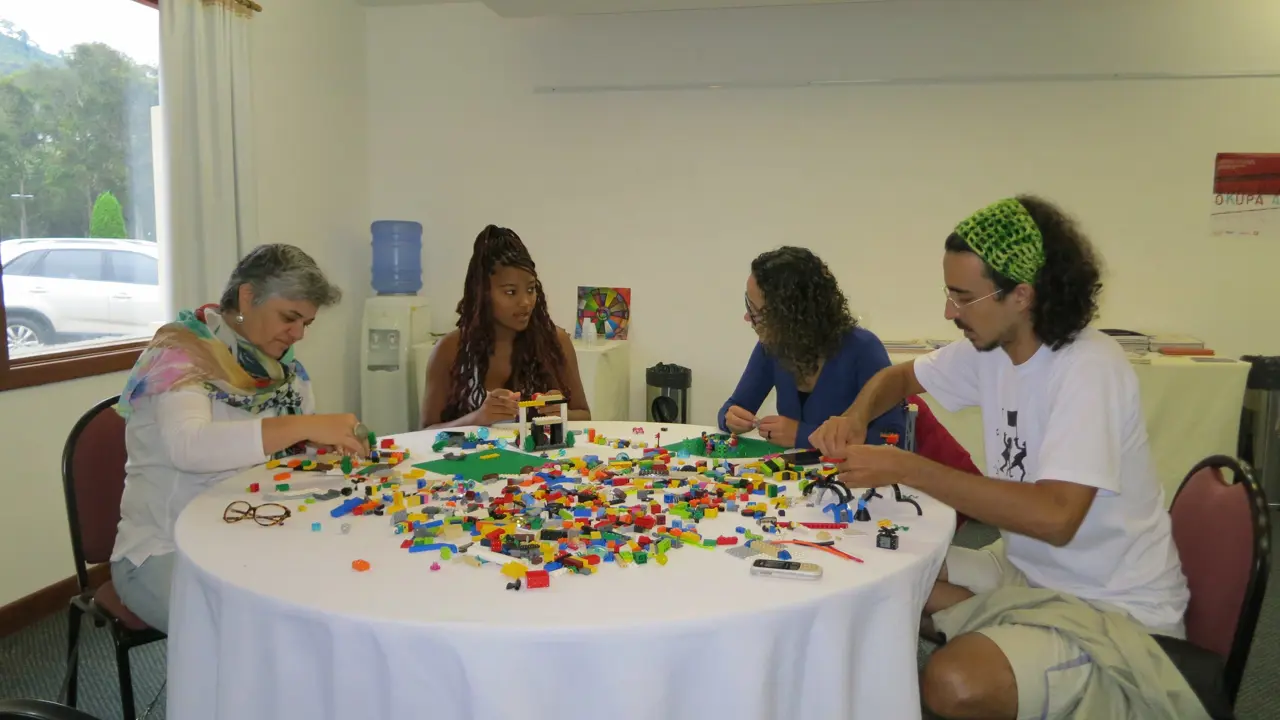Networks and Alliances Programme, Brazil

Results
The programme produced some positive results for most of the networks:
- Influencing changes in public policies and programmes - for example, the creation of a special credit line for restorative justice initiatives in São Luís, and plans for early childhood to be made part of municipal law in Nova Iguaçu.
- Opening and / or reopening public facilities for children, adolescents and youths - for example, a youth centre in Belo Horizonte (BH) and a maternity hospital in Nova Iguaçu.
- Improving services for children, adolescents and youth - for example, annual teacher training in in São Luís.
- Spreading knowledge to people and organisations outside the networks - for example, the Self-Protection Guide, Okupa Educational Kit and Youth Political Platform in Belo Horizonte.
- Helping the networks to establish partnerships - for example, teachers from across the country took part in the Mobiliza pela Educação (Chapada) network.
- Relevant political influence - for example, the election of a former coordinator of the Fórum das Juventudes da Grande BH as a representative for the Belo Horizonte City Council.
Despite these successes, the programme didn't promote the financial sustainability of networks enough. Only four networks managed to diversify their funding, and all continued to operate in the same thematic field. One network failed to function effectively. The NAP did not sufficiently develop or share knowledge about network processes.
What did we learn?
Supporting interconnected networks: Financing networks with existing, mature structures means they are better able to connect organisations with related goals.
Influencing public policy adds legitimacy: Working with networks to influence public policies gives them legitimacy and empowers them.
Longer funding period influences results: The long duration of the programme made it possible to put strategies in place that achieved positive results. Supporting network activities needs medium to long-term commitment and flexibility from funders.
Integrated support strengthens networks: Financial support, capacity building, experience sharing and close monitoring were key to the success of the programme.
Managing turnover in leadership: Strengthening and supporting several leaders contributes to continuity. Constant changes in leadership positions within the networks causes operational difficulties.
Networks should continually review to stay relevant: To stay relevant and effective, network members should continuously and collectively review their alignment to the expectations and priorities of the main players involved. There are risks in the open nature of networks, because the interests of different participants can be very different.
Effective communication is important: Many networks were good at communicating to make sure they remained visible and established partnerships, although the programme's external communication failed to showcase the networks.
Evaluation Conclusion: Overall, the programme was a very good investment of the relatively limited Instituto C&A resources. Through the programme, the networks have collectively reached around 13,800 direct beneficiaries (children, adolescents, youth, their families, social leaders and educators).
Many networks downscaled some actions at end of the programme, but many of the positive changes they made are expected to remain, see:
Forum das Juventudes da Grande, Belo Horizonte: Became a reference for issues related to youth and is being consulted by municipal bodies for youth policies.
Rede Nacional Primeira Infancia of Nova Iguacu: Turned the Plano Municipal da Primeira Infancia (PMPI) into a law but guaranteed financing for plan implementation is a challenge.